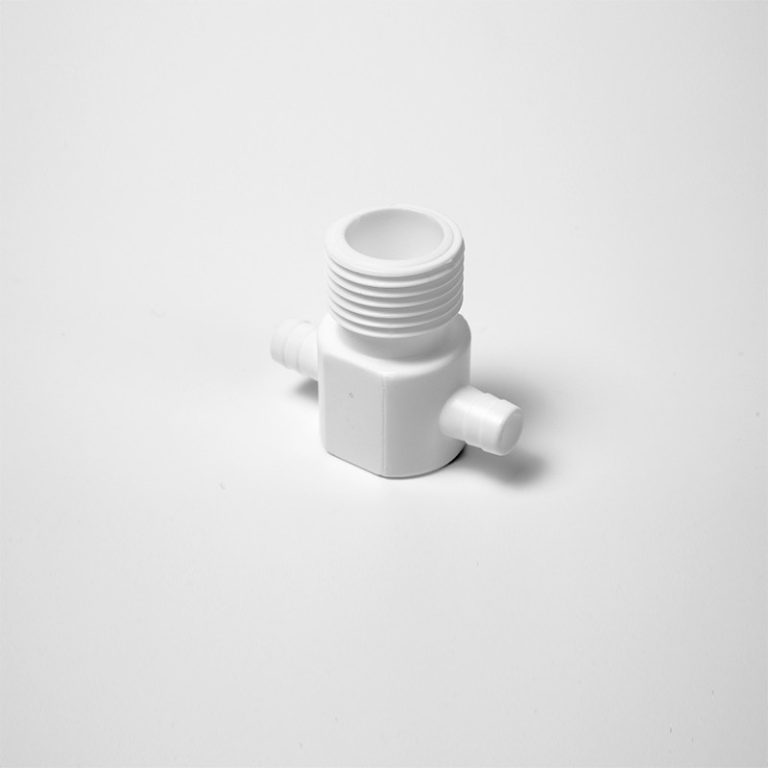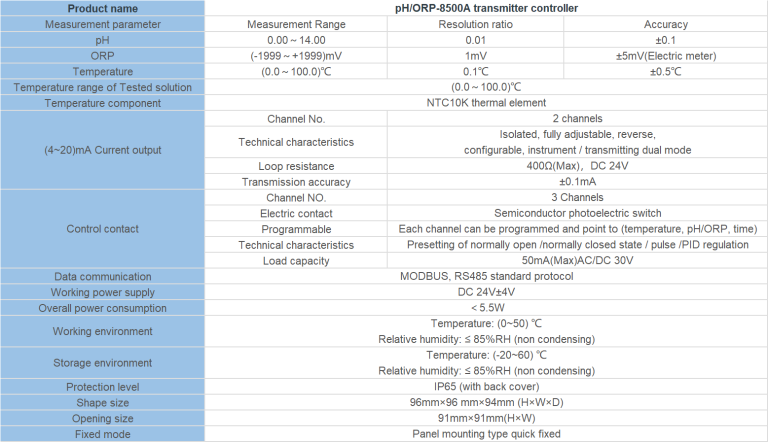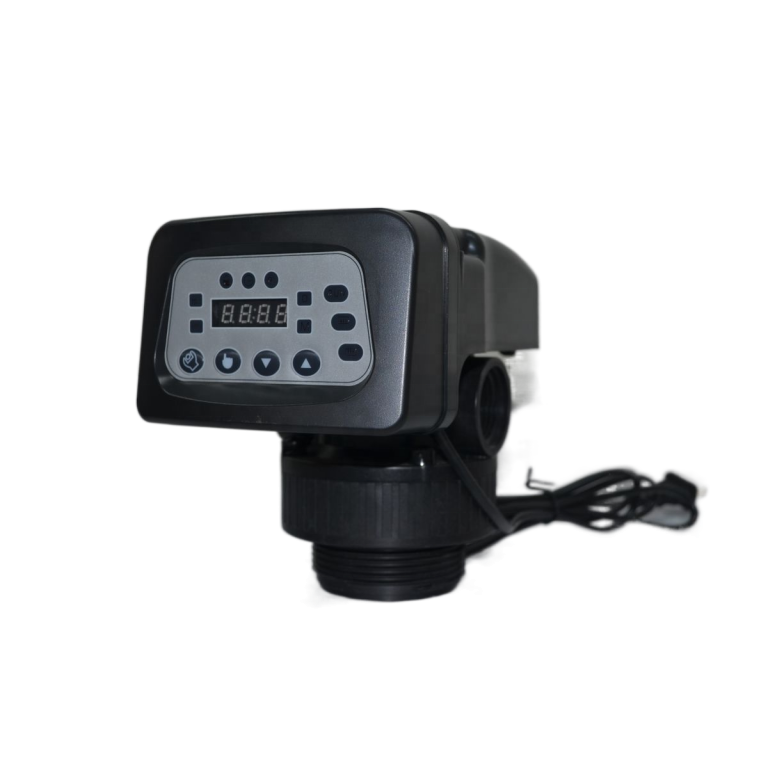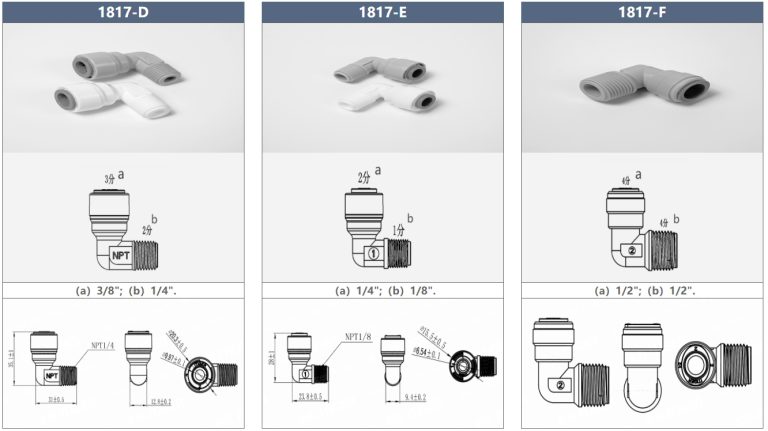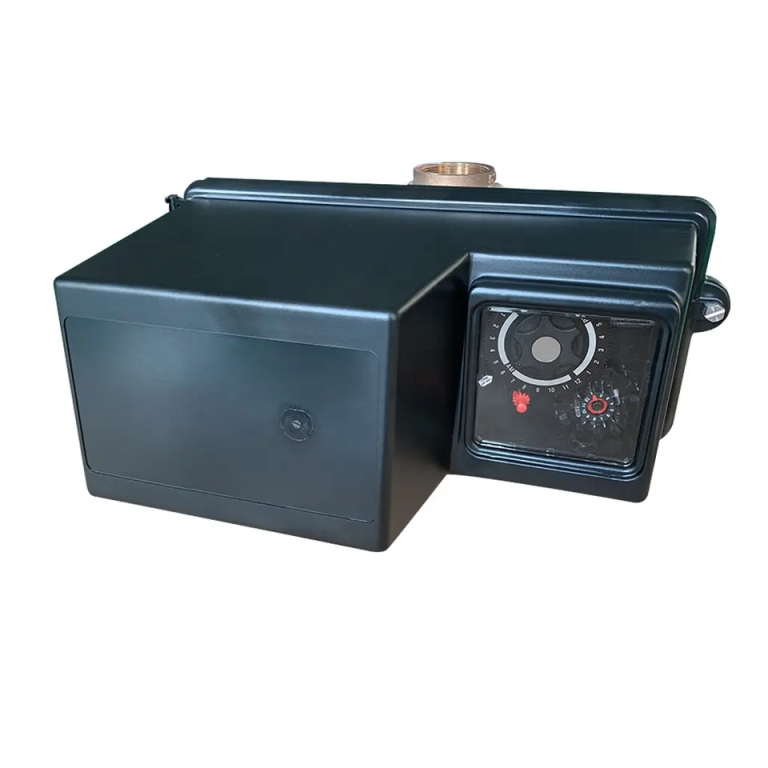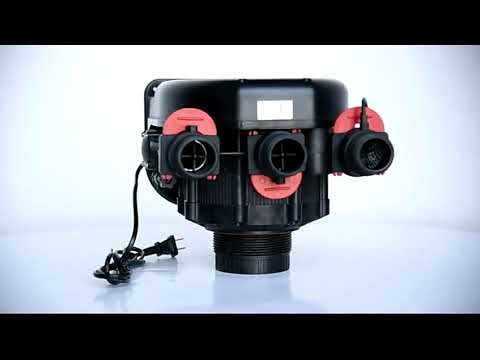قياس دقيق للتحكم الدقيق.
فهم مقياس التدفق الكتلي: دليل شامل
أحد المكونات الرئيسية لمقياس التدفق الكتلي هو المستشعر، وهو المسؤول عن قياس معدل التدفق الكتلي للسائل. يمكن أن يعتمد المستشعر على مبادئ مختلفة، مثل الضغط الحراري أو كوريوليس أو الضغط التفاضلي. على سبيل المثال، تقيس أجهزة قياس تدفق الكتلة الحرارية انتقال الحرارة بين جهاز استشعار ساخن والسائل لتحديد معدل تدفق الكتلة. من ناحية أخرى، تقيس أجهزة قياس التدفق الكتلي كوريوليس انحراف الأنبوب المهتز الناتج عن تدفق السائل.
تجد أجهزة قياس التدفق الكتلي تطبيقات في مجموعة واسعة من الصناعات، بما في ذلك المعالجة الكيميائية والأدوية والأغذية والمشروبات والنفط و غاز. يتم استخدامها لأغراض مختلفة، مثل مراقبة تدفق الغاز في عمليات الاحتراق، والتحكم في تدفق المواد الكيميائية في عمليات التصنيع، وقياس تدفق السوائل في خطوط الأنابيب. تُستخدم أجهزة قياس التدفق الشامل أيضًا في المراقبة البيئية، والأجهزة الطبية، ومختبرات الأبحاث.
هناك عدة أنواع من أجهزة قياس التدفق الجماعي المتوفرة في السوق، ولكل منها مزاياه وقيوده الخاصة. تُستخدم أجهزة قياس تدفق الكتلة الحرارية بشكل شائع لقياسات تدفق الغاز نظرًا لدقتها العالية وإمكانية نطاقها الواسع. تعتبر أجهزة قياس التدفق الجماعي كوريوليس مثالية لقياس تدفق السوائل والغازات بدقة ودقة عالية. تعد أجهزة قياس التدفق الكتلي ذات الضغط التفاضلي حلولاً فعالة من حيث التكلفة لقياس تدفق السوائل والغازات في التطبيقات الصناعية.
في الختام، تعد أجهزة قياس التدفق الكتلي أدوات أساسية لقياس معدل التدفق الكتلي للسوائل في مختلف الصناعات. إنها توفر قياسات دقيقة وموثوقة، مما يجعلها ضرورية للعمليات التي تتطلب تحكمًا دقيقًا في معدلات التدفق. مع توفر أنواع مختلفة من أجهزة قياس التدفق الشامل في السوق، من المهم اختيار النوع المناسب لتطبيقك المحدد لضمان الأداء الأمثل. سواء كنت تراقب تدفق الغاز في عملية الاحتراق أو تقيس تدفق المواد الكيميائية في عملية التصنيع، فإن أجهزة قياس التدفق الشامل تلعب دورًا حيويًا في ضمان عمليات فعالة وموثوقة.
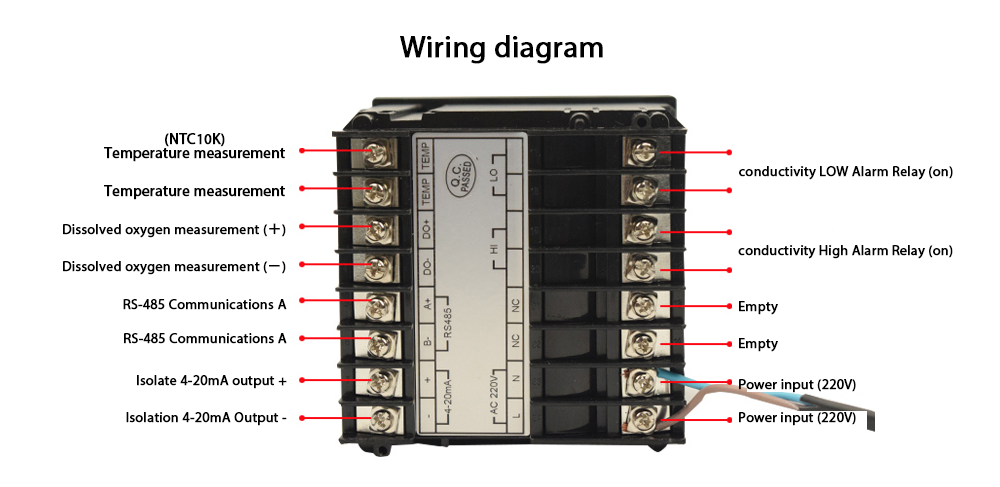
One of the key components of a mass flow meter is the sensor, which is responsible for measuring the mass flow rate of the fluid. The sensor can be based on various principles, such as thermal, Coriolis, or differential pressure. Thermal mass flow meters, for example, measure the heat transfer between a heated sensor and the fluid to determine the mass flow rate. Coriolis mass flow meters, on the other hand, measure the deflection of a vibrating tube caused by the fluid flow.
Mass flow meters find applications in a wide range of industries, including chemical processing, pharmaceuticals, food and beverage, and oil and gas. They are used for various purposes, such as monitoring gas flow in combustion processes, controlling the flow of chemicals in manufacturing processes, and measuring the flow of liquids in pipelines. Mass flow meters are also used in environmental monitoring, medical devices, and research laboratories.
There are several types of mass flow meters available in the market, each with its own advantages and limitations. Thermal mass flow meters are commonly used for gas flow measurements due to their high accuracy and wide rangeability. Coriolis mass flow meters are ideal for measuring the flow of liquids and gases with high accuracy and precision. Differential pressure mass flow meters are cost-effective solutions for measuring the flow of liquids and gases in industrial applications.
In conclusion, mass flow meters are essential tools for measuring the mass flow rate of fluids in various industries. They provide accurate and reliable measurements, making them crucial for processes that require precise control of flow rates. With different types of mass flow meters available in the market, it is important to choose the right one for your specific application to ensure optimal performance. Whether you are monitoring gas flow in a combustion process or measuring the flow of chemicals in a manufacturing process, mass flow meters play a vital role in ensuring efficient and reliable operations.

